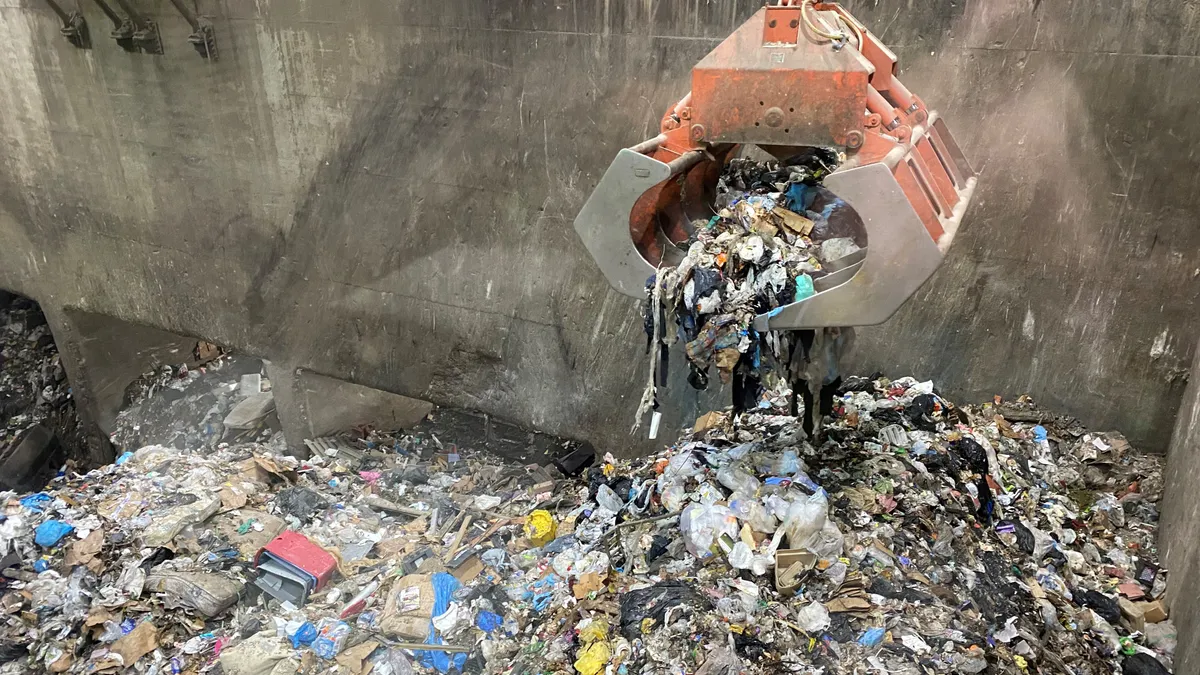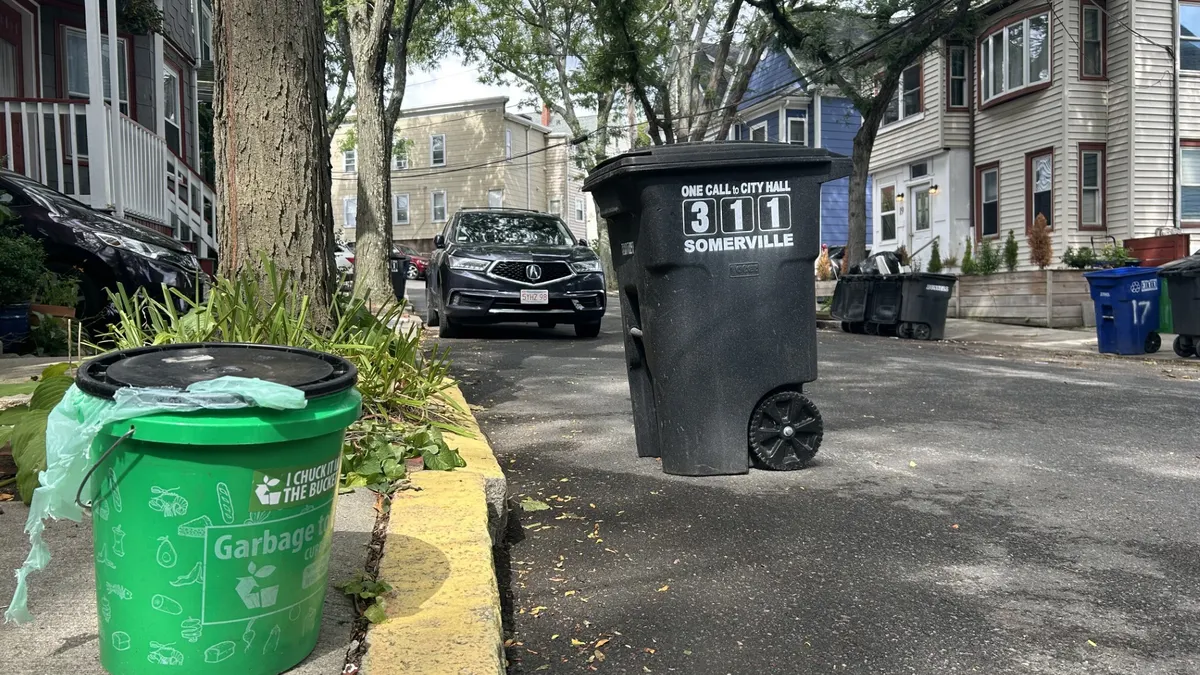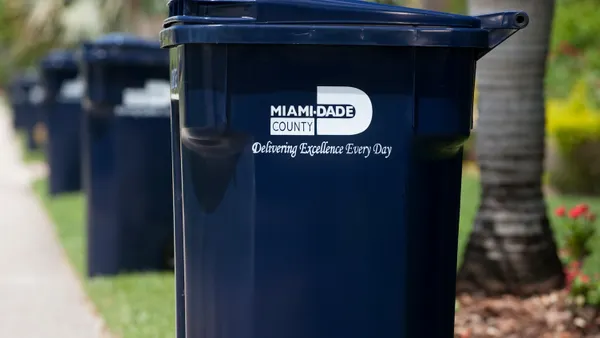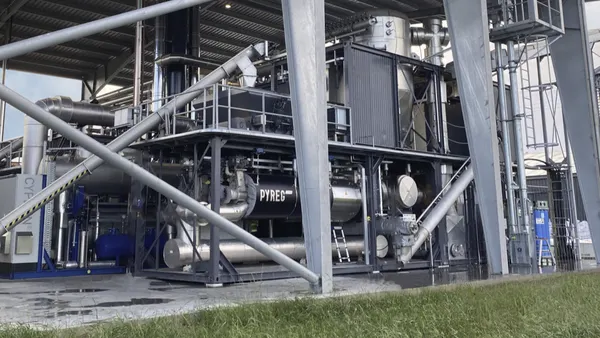Dive Brief:
- The U.S. EPA said it will initiate a rulemaking process to require certain incineration, combustion and gasification facilities to report toxic chemical releases through the agency’s Toxics Release Inventory, as is required with other industrial pollution sources.
- The decision comes in response to a petition from the Energy Justice Network and the Public Employees for
Environmental Responsibility sent on April 3, 2023. It would expand covered waste incineration entities beyond hazardous waste combustors, which were previously covered by the EPA’s program. - The move is expected to affect 60 facilities around the country, per the EPA. The agency denied part of the petition asking for all kinds of incinerators to be covered, saying it lacks the resources to monitor all such facilities.
Dive Insight:
In the final days of the Biden administration, the EPA has moved forward on updates for some regulations for solid waste incinerators while seeking more time for others. The agency has fought in court to delay rule updates for certain categories of incinerators; it reached an agreement in December to push back new rules for large municipal waste combustors by a year.
The agency did update emissions regulations for commercial and industrial solid waste incinerators last year, tightening restrictions on several pollutants including nitrogen oxides, sulfur dioxide and particulate matter.
The EPA’s planned rulemaking to add certain incinerators to the inventory would require some facilities that burn industrial waste to begin reporting releases for the first time. Most municipal waste combustors, a separate category in EPA regulations, would also be included in the TRI through the new rule.
“EPA’s proposed action will close a big data gap about our exposure to harmful chemicals,” said PEER Executive Director Tim Whitehouse, a former EPA enforcement attorney, in a statement. “We are prepared to do everything we can to ensure that the Trump administration moves forward with these proposed rules.”
The inventory was created by law in 1986 and currently tracks 33 categories of chemicals. It requires disclosures from larger facilities across a range of industries, including manufacturing, metal mining, electric power generation, chemical manufacturing and hazardous waste treatment, per the EPA.
An analysis of EPA data performed by the petitioners found that municipal waste, medical waste and sewage sludge incinerators all emitted toxic chemicals tracked by the inventory, including hydrochloric acid, ammonia, benzene and lead. They also analyzed data from New York’s Department of Environmental Conservation and found that waste incinerators were emitting more of certain toxic chemicals than coal power plants per unit of energy generated.
The petitioners further noted that EPA has a history of adding non-manufacturing facilities to the inventory as understanding of pollution has grown. Certain waste incineration facilities are also disproportionately located near disadvantaged communities, and tracking pollutants from those facilities more closely could aid environmental justice efforts, the petitioners noted.
The EPA’s response to the petition is dated Dec. 20 and signed by Assistant Administrator for the Office of Chemical Safety and Pollution Prevention Michal Freedhoff. It did not mention the environmental justice needs noted in the petition.
The agency also said it would not require all kinds of incinerators to report to the inventory, naming air curtain incinerators — which can be portable and are used to destroy untreated wood — or certain sewage sludge incinerators as examples. However, it left open the possibility that it could regulate such facilities in the future.
The Waste-to-Energy Association, a business group which represents owners of facilities that could be affected by the new rule, did not respond to a request for comment. EPA did not provide a timeline for a rule update in its response to the petition.










